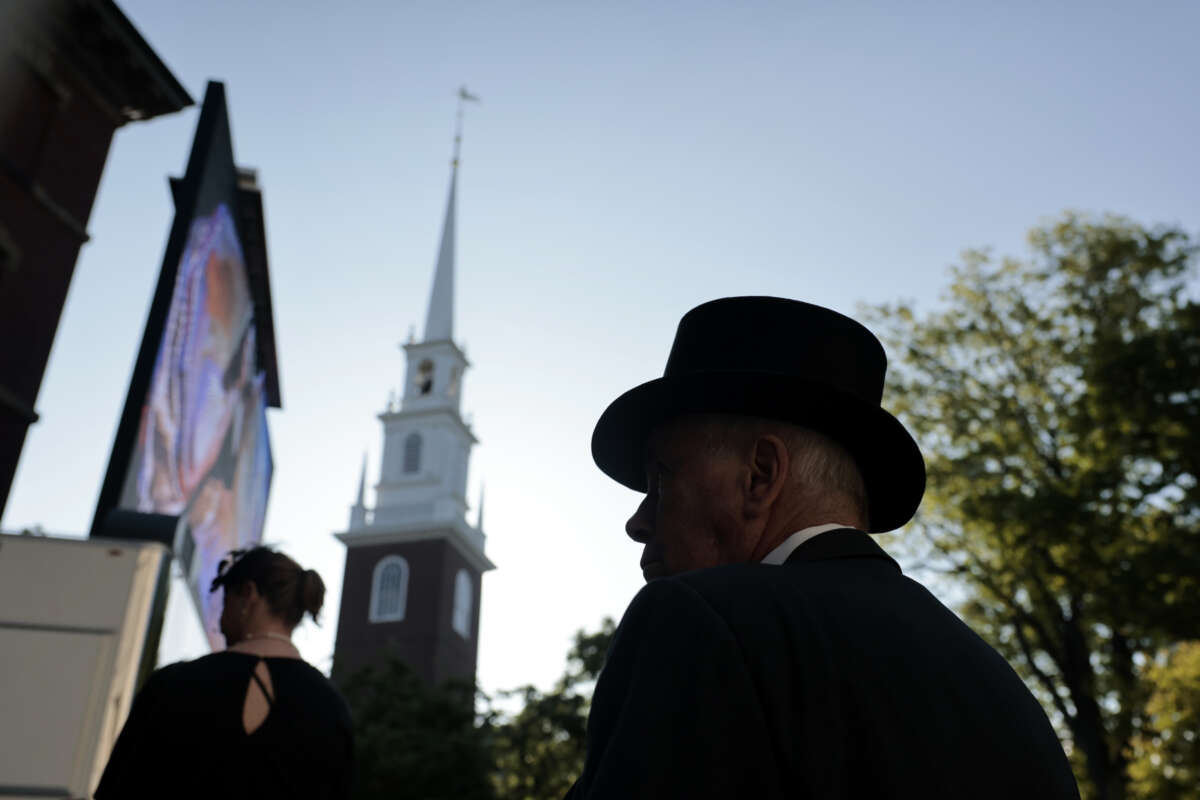Just weeks after the Supreme Court ruled to end race-based affirmative action in college admissions, a new study suggests that “affirmative action” for the rich is very much alive when wealthy Americans seek acceptance to the most elite colleges in the U.S.
According to a study released Monday by Opportunity Insights, a Harvard University-based research group, students from families within the richest 1 percent of Americans have a huge advantage over students in the working class in college admissions. The study looked at attendance at the eight Ivy League schools and four other elite colleges such as MIT and Stanford University — a group researchers call Ivy Plus colleges — and parental income tax forms ranging roughly 20 years between the 1990s and the 2010s.
Researchers found that students from the top 1 percent were 34 percent more likely to be admitted to these schools than a student with a middle class background with comparable ACT and SAT scores. The top 0.1 percent had the best chances, being two times more likely to be admitted than less wealthy students.
This disparity is driven by several factors, the researchers found. The most significant advantage came from students’ legacy status; students in the top 1 percent whose family members had attended the school were five times more likely to be admitted into the elite schools, despite having similar standardized test scores, the study shows.
Another major advantage was non-academic credentials, with a critical factor being a students’ attendance of a private school versus public schools. Non-legacy applicants who attended a non-religious high school were twice as likely to be admitted than those who attended high school in wealthy neighborhoods, the study found.
Finally, athletic recruitment was also a large factor — despite the fact that athletic scholarships are often one of only a few avenues for poor students to attend college, those from the top 1 percent were still far more likely to be admitted based on athletics, as recruited athletes were still disproportionately from wealthy families.
Together, the data shows that these schools are practicing a form of affirmative action for the wealthiest Americans, further entrenching power and wealth in the most elite circles in society. Whereas affirmative action was originally established in college admissions to put marginalized students on a level playing field with their privileged counterparts, this study puts on display the disproportionate favor that universities are seemingly giving to the already privileged.
“What I conclude from this study is the Ivy League doesn’t have low-income students because it doesn’t want low-income students,” Susan Dynarski, a Harvard Graduate School of Education economist who reviewed the data, told The New York Times.
As the study points out, Ivy Plus admissions can have a huge impact on society at large. Ivy League and other elite school graduates make up a disproportionate portion of Wall Street executives and U.S. senators; three-quarters of all Supreme Court justices appointed in the last 50 years graduated from one of these schools.
Because of these schools’ bias toward the rich, it is harder for the middle and lower classes to break into institutions that determine what life looks like for much of the public — and now, because of the Supreme Court, it’s likely that it will be even harder for people from Black, Latinx, Indigenous, and other marginalized communities to break in as well.
